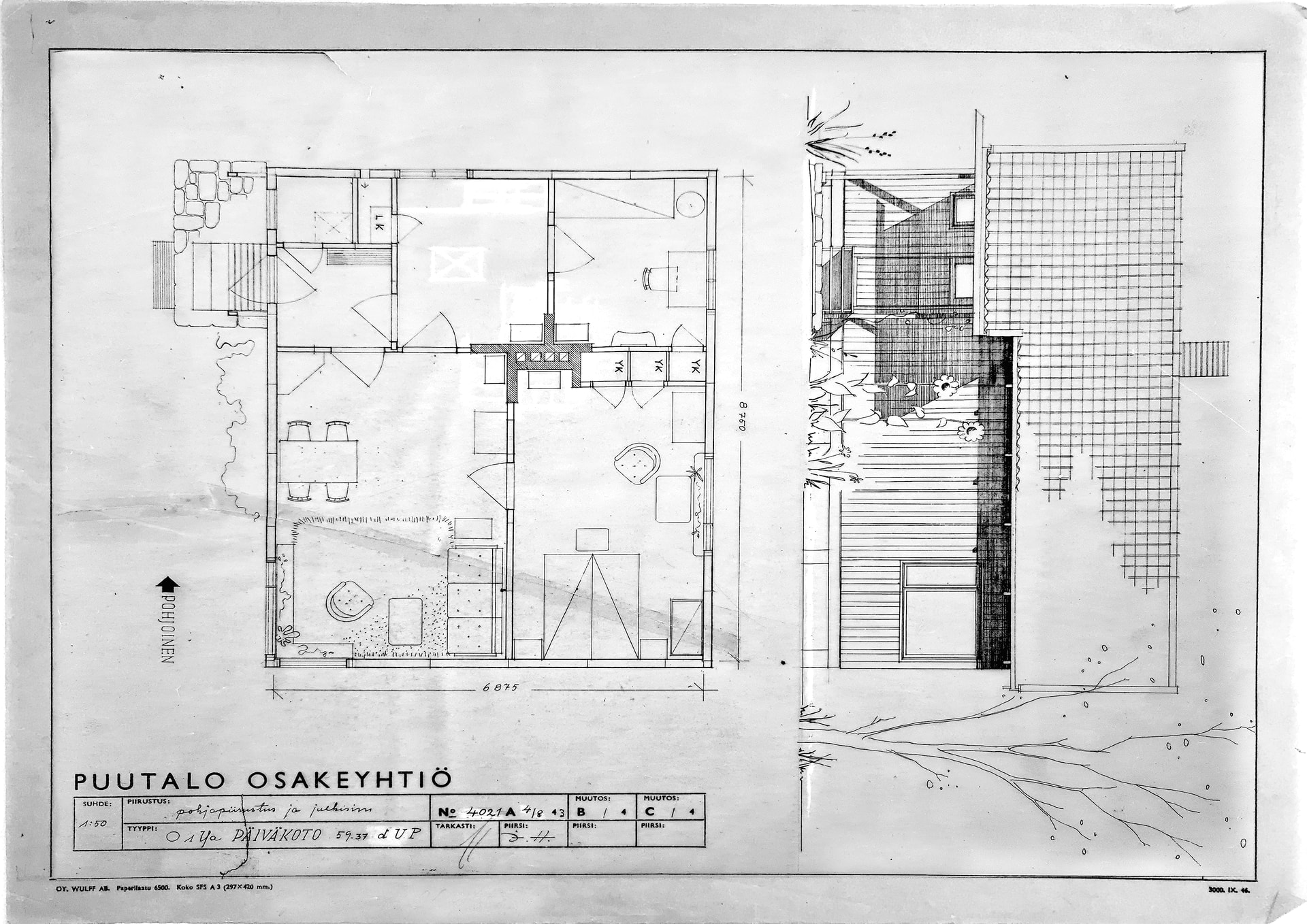Thomas is an architectural designer from London. He takes a multidisciplinary approach to his architectural practice, through which he explores systems of control. His projects manifest themselves as strong narrative-based propositions described through a range of media. His current work deals with themes of data ownership, machine learning and digital surveillance.
He completed his undergraduate studies on the BA Architecture course at the University of Westminster in 2020.
Last year with ADS8 [Data Matter] his project, Platform Jurisdiction, looked at the platformisation of border control. This manifested as a series of interventions forming a network along the UK-France border, allowing for the free exchange of media relating to migration in this area.
This year with ADS3 Thomas’ project, Aurora Ex Machina, develops his work into data ownership. Looking at how algorithms influence domestic life, critiquing how diverse inputs of personal data can be compressed to normative outputs.

















